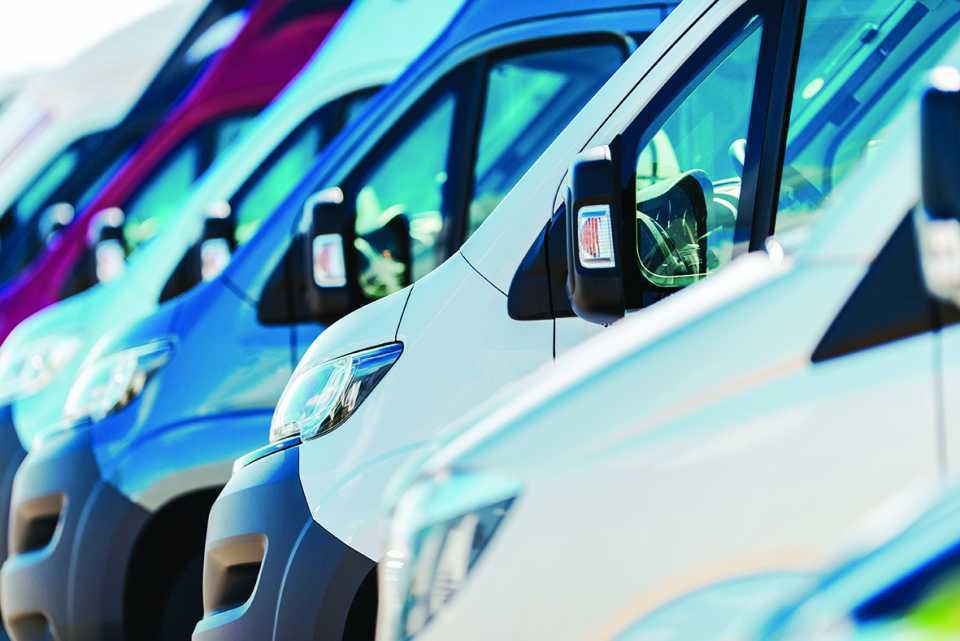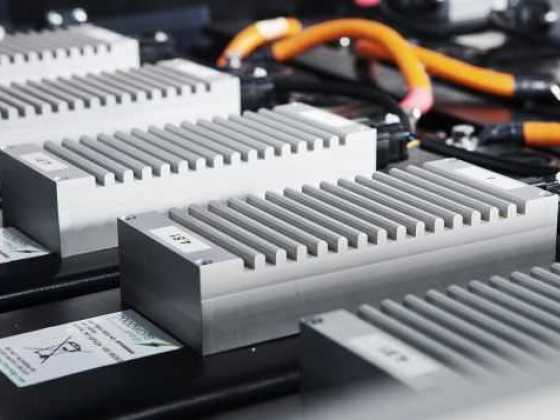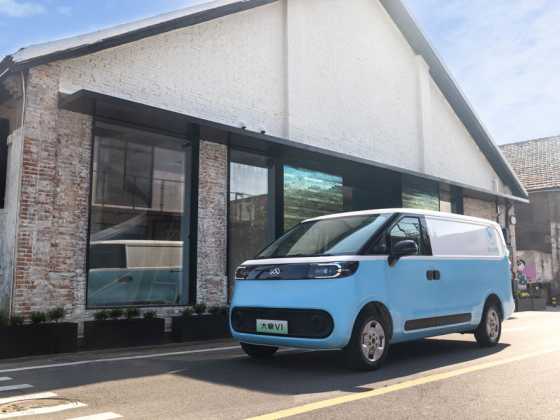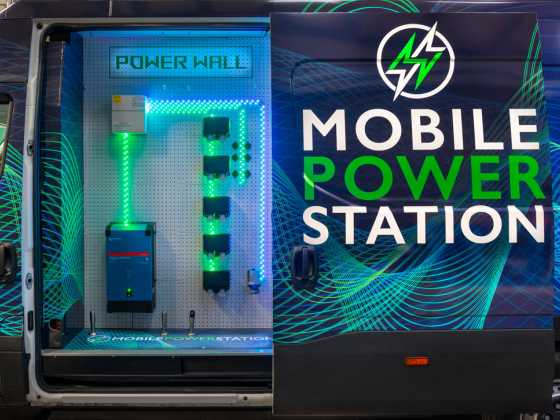UK van registrations fall -29.1% amid supply challenges

Van registrations declined to 21,597 units in April, down -29.1% year-on-year, according to the latest figures published by the Society of Motor Manufacturers and Traders (SMMT).
Newly registered large vans, which comprise more than two thirds of the LCV market, totalled 16,212 units, down -19.1% compared with a year ago, as the segment’s market share increased by nine percentage points to 75.1%. This is due in part to more significant declines in registrations of medium-sized vans – those weighing greater than 2.0 tonnes to 2.5 tonnes – by -48.6%, and small vans – weighing equal to or less than two tonnes – by -48.2%, as components shortages restricted supply. Sales of pickups, meanwhile, declined by -44.0%, while 4x4 registrations dropped by 77.8%.
Meanwhile, registrations of electric vans increased by 52.7% year-on-year to 919 units – representing one in 24 new vans joining the road. While electric LCV uptake continues to grow, the market is some way behind passenger cars in transitioning to electric, so policies that incentivise operators to make the switch will be essential to meet ambitious decarbonisation targets.
In light of ongoing supply chain challenges, SMMT has revised its outlook for new van registrations downwards from 363,000 units to 328,000 in 2022.2 As a result, this year’s market is anticipated to fall -7.7% on 2021, with BEVs expected to account for 6.3% of registrations.
Mike Hawes, SMMT Chief Executive, said, “Despite the global supply pressures on the UK’s light commercial vehicle sector, manufacturers are prioritising the most popular models, while investing in electric options where demand is slowly but steadily growing. Constrained supply, however, does mean that 2022’s new van market is expected to be down on last year’s bumper uptake.
“Even so, while market conditions remain challenging for van operators across the UK, now is the time for those looking to renew their fleets to put their orders in, as interest rates remain historically low and an increasing range of fuel efficient and electrified models are now available.”



